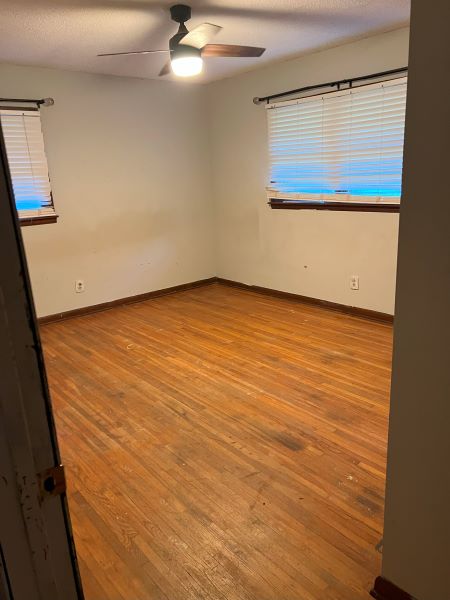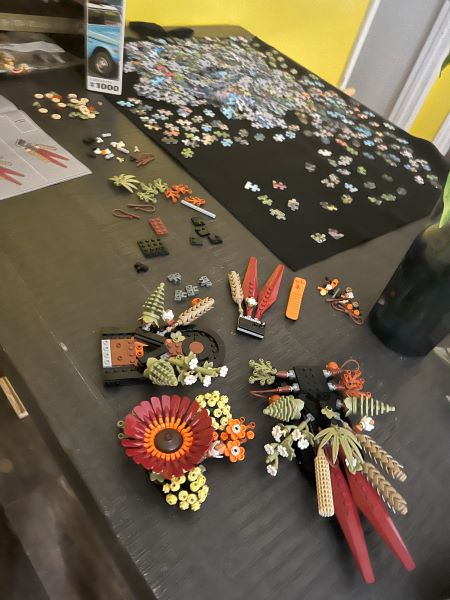 This age old debate is a mental and emotional struggle that everyone deals with. Some deal with it better than others, but there are some that allow it to completely consume them. Anyone that is trying to get out of debt must get a grip on this debate and find a common ground. Wants versus needs will always play a role in our purchasing, but we have to learn how to control them in order to make better decisions. If you are currently looking into starting a debt reduction plan or are on one, then this is something that is very important to learn. Well, figuring out the difference between the two is important for anyone who wants to use their money wisely.
This age old debate is a mental and emotional struggle that everyone deals with. Some deal with it better than others, but there are some that allow it to completely consume them. Anyone that is trying to get out of debt must get a grip on this debate and find a common ground. Wants versus needs will always play a role in our purchasing, but we have to learn how to control them in order to make better decisions. If you are currently looking into starting a debt reduction plan or are on one, then this is something that is very important to learn. Well, figuring out the difference between the two is important for anyone who wants to use their money wisely.
Emotional buyers are the most likely to fall victim to the wants versus needs paradox. Trust me, I used to be a very emotional buyer. When I was sad, bored, or angry, I would go purchase something. Emotional buyers tend to only use their current state to rationalize a purchase. This group of people tend to have higher amounts of debt (I could check that one off a few years ago). I used to be an emotional buyer. Now, after a long struggle, I have become more rational in my purchase decisions. This was not an easy task, but it has already saved me thousands of dollars per year. I now longer buy with my emotions, but use cognitive reasoning to control my spending. Here is how I break down wants versus needs.
I Really WANT It
We all want something, whether it be the newest iPhone or a new pair of clothing. Our emotions can easily get the best of us and before you know it, you have just dropped $500 on something that you don’t need. In my case, it was $10,000 on a Jetski that I “really wanted!” When consumers put their emotions first in the buying cycle, they will try their best to rationalize their purchase. Consumers will implant the word “Need” into their rationalization in order to make the purchase more appealing. This act is how we end up getting deeper into debt, or even sometimes getting into debt in the first place.
If you use place this word into your spending rationale, then try out the “sleep on it” purchase method. I have used this for a past couple of years and it works really well. Basically, you get excited about a purchase, but instead of just going through with it, you stop, drop it, and go back and sleep on it. Try to go for a few days or even a week before you make the purchase. This method works really well for me.
The best way to counteract this predicament is to figure out what your actual needs are. Here are the basic human needs:
- Food
- Water
- Shelter
- Clothing
Now, we can expand these to dive deeper into each category, but these are still the basic needs for survival. Everything else is typically classified as a want. Using the word “want” is to help satisfy our emotions and keep our rationale intact. Our issue as a society breaks down into how well advertising makes us feel that we “need” something, thus parting us from our hard-earned money. Apple does a really good job of this. People love their products and many feel they “need” the next iPhone, no matter if they just purchased one.
Think of wants versus needs in this manner. We all probably need some form of transportation to get around. What we want might be totally different. Yes, I may want the cool BMW to drive around in, but I don’t need it. We need a base model, but we want a luxury model.
If you want to see the wants vs. needs in action, just do some people watching at a mall or a place like that. You will hear people rationalizing their desire to purchase a product. We do this with house purchases as well. My wife and I actually moved into a house that is smaller than our last one. We didn’t need a large house, though we wanted one. Yes, we need shelter, but we want specific amenities. Just listen to a Realtor when they meet you for the first time when buying a home. “What do you need in a house?” That answer is simple. We need four walls, a floor, a roof, and a door. The rest are wants.
The Best Way to Curb Spending
The only way you can start to curb your spending habits is by differentiating between your wants and needs. You have to learn how to push out your emotional spender and bring in your rational one. Taking a rational approach to your purchases and taking care of your needs will put you on the right track toward debt independence.
We never are able to fully curb our emotional spending, so the best way to handle that is to create a budget. This budget will be dedicated to your emotional purchases, whether it be new electronics, clothing, or eating out. Once you know how much money you have to spend toward these “wants”, then you can easily put them in better control. Finding the happy medium between need spending and want spending is one of the best debt reduction tips around. If you don’t believe me, then just ask a reformed emotional spender. I’m one and this is exactly how I got myself under control!
How do you handle your Needs versus Wants? Let me hear from you below.
The post Wants Vs. Needs – How We Rationalize Spending appeared first on Debt RoundUp, the content owner.
SOURCE: Debt RoundUp – Read entire story here.




















